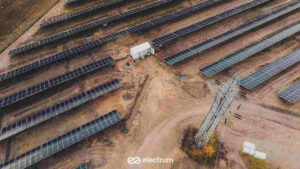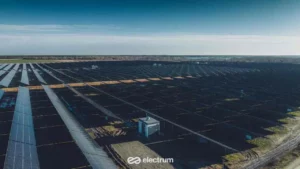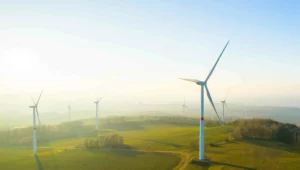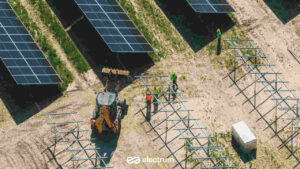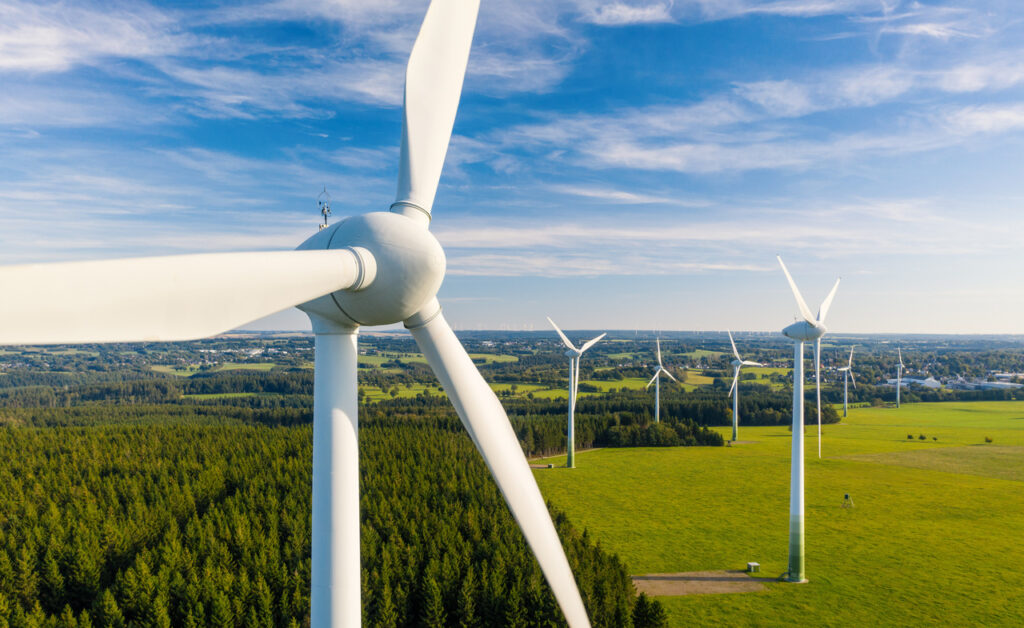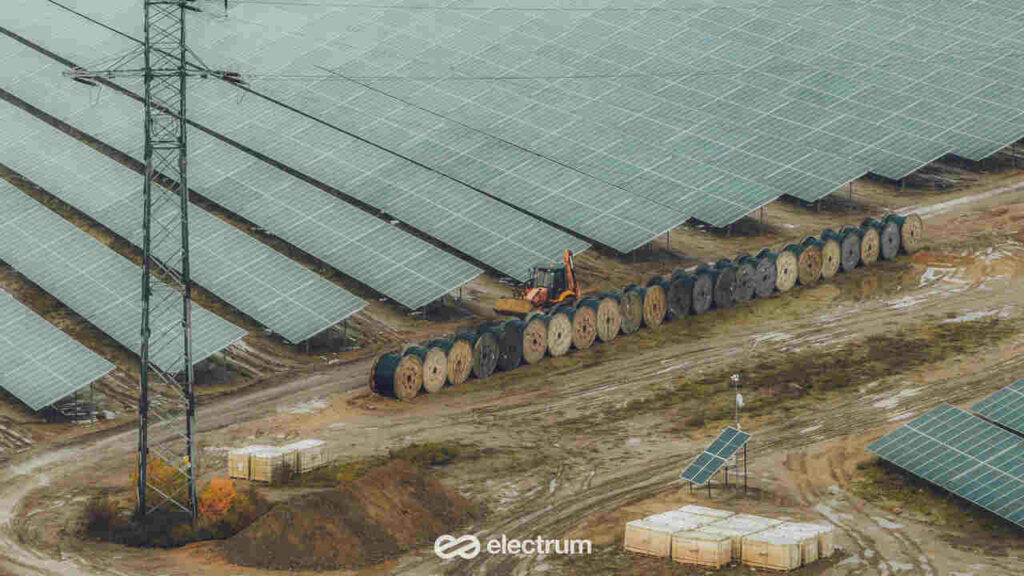The development of renewable energy sources (RES) is a key element of energy policy both in Poland and throughout the European Union. Increasing the share of energy from renewable sources not only contributes to reducing greenhouse gas emissions but also supports the energy independence of member countries.
A crucial part of this process is the efficient connection of RES installations to the power grid, which requires precise legal regulations. This article will explore the regulations currently in force in Poland and the European Union regarding the connection of RES to energy grids, outline the primary challenges, and review legal changes being introduced to accelerate and simplify this process.
Legal Framework in the European Union
The European Union, guided by a commitment to sustainable development, promotes renewable energy sources (RES) through various directives and regulations. A key document in this regard is Directive (EU) 2018/2001, also known as the RED II Directive (Renewable Energy Directive), which sets ambitious targets for 2030, including a minimum 32% share of renewable energy in the EU’s total energy consumption. According to amendments in the Fit for 55 package, the goal is to increase this share to 40% by 2030.
The RED II Directive obligates member states to adopt regulations that:
- Facilitate the connection of RES to the energy grid,
- Prioritize the transmission of energy generated from renewable sources,
- Ensure transparency and efficiency in the connection process of new RES installations, including setting maximum timeframes for grid connections,
- Provide non-discriminatory and proportionate connection costs for renewable energy producers.
Directive RED III 2023/2413 of October 18, 2023, as part of the “Fit for 55” legislative package, aims to reduce greenhouse gas emissions by 55% by 2030 compared to 1990 levels. The new directive sets more ambitious targets for renewable energy sources.
The key changes introduced by RED III include:
- A new renewable energy target of 42.5% in the energy mix by 2030 (with a possible 45% target),
- Prioritization of renewable energy in electricity, heating, cooling, and sectors like transport, industry, and construction,
- Simplification of administrative procedures for permits to build new RES installations and connect them to the grid,
- Introduction of “go-to zones” to accelerate the planning and implementation of RES projects with streamlined procedures,
- Harmonization of grid connection procedures across the EU to ensure consistent standards in member states,
- Power Purchase Agreements (PPA) will require reporting to the President of the Energy Regulatory Office (URE) on key data such as energy quantity, price, location, and contract duration,
- Cable pooling will enable shared infrastructure for connecting multiple RES installations at a single location,
- The threshold for requiring a construction permit for PV systems, heat pumps, and solar collectors is raised from 50 kW to 150 kW,
- Rules for biogas production and the introduction of feed-in-premium support for biomethane,
- A refined definition of energy cooperatives, including energy trading and energy storage, and their cooperation with operators and suppliers,
- A definition for hybrid RES installations, which must include energy storage to improve grid stability and support energy storage technology development.
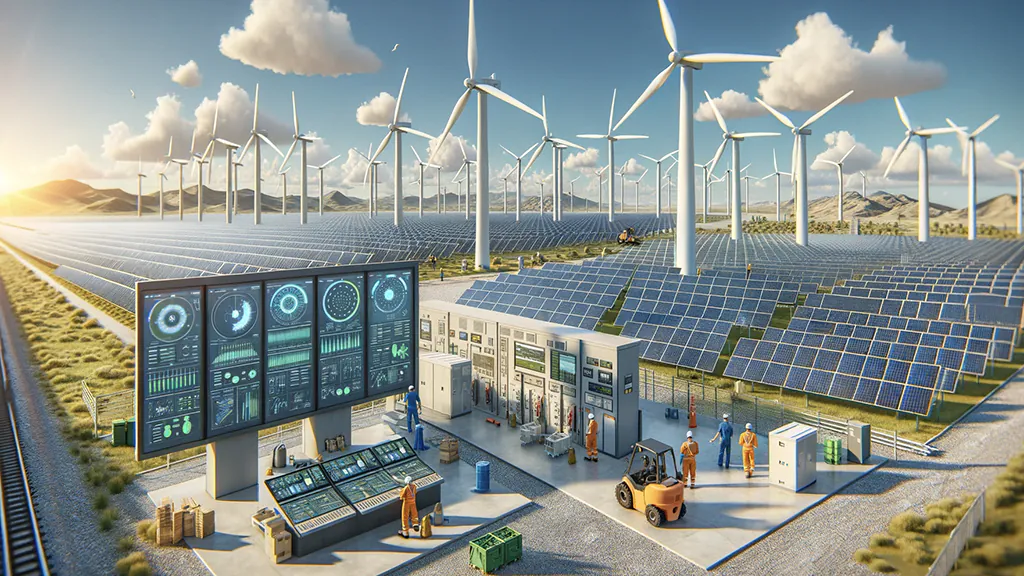
Regulations in Poland – Energy Law
In Poland, the connection of renewable energy installations (RES) to the power grid is primarily governed by the Energy Law Act (1997, with later amendments). This is the key legal document defining the rules of the energy market, including renewable energy sources, as well as the obligations of distribution system operators (DSO) and transmission system operators (TSO).
The most important regulations regarding the connection of RES to the grid in Poland are:
Obligation to connect RES to the grid
System operators are required to connect RES installations, provided they meet technical and legal requirements. However, in practice, connections may be delayed due to factors like lack of available grid capacity.
Connection procedure
The process begins with the investor submitting an application. The operator has a set timeframe to issue connection conditions and then to complete the connection. These deadlines are legally established but their implementation in practice can vary.
Connection costs
Renewable energy producers bear part of the costs associated with connecting to the grid. These costs depend on factors such as the size of the installation and its distance from the grid.
Priority in transmission of RES energy
According to the Polish Energy Law, RES energy should be prioritized in transmission through the electricity networks. This means that energy from renewable sources should be sold and transmitted first.
Local spatial planning
Connecting large RES installations, such as wind farms or photovoltaic plants, also requires compliance with local spatial development plans, which often prolongs the investment process.
Also read: Solar Interconnection | Grid connection requirements | Electrum
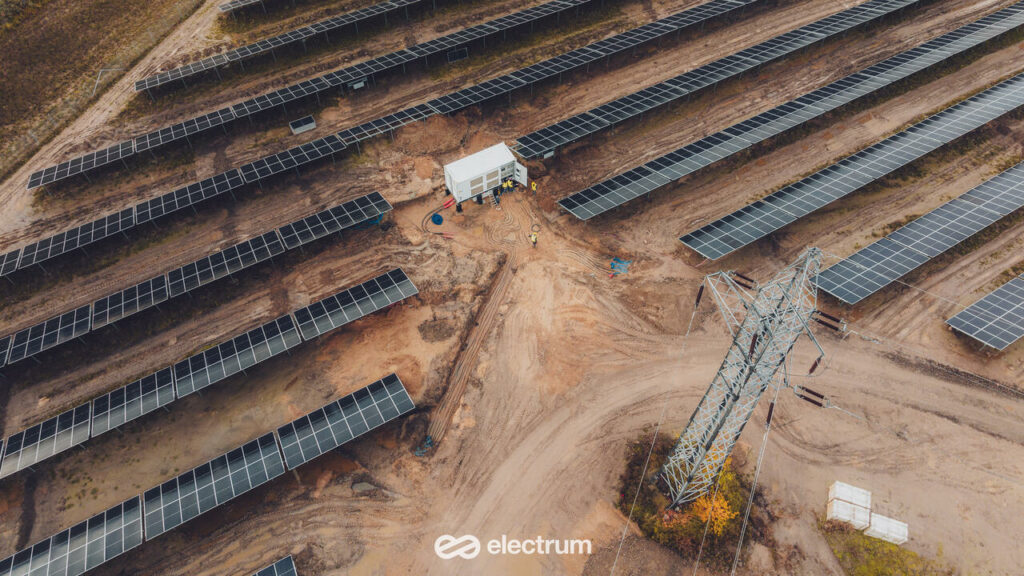
Challenges and Issues in the Connection Process
Despite clearly defined regulations, RES investors in Poland and other EU countries often face administrative and technical barriers in the grid connection process. Some of the most common challenges include:
Lack of available connection capacity
In some regions, distribution system operators report a lack of technical capacity to connect new installations, which can lead to delays or even refusals to connect RES.
Time-consuming administrative procedures
Long processing times for permits and unclear local regulations can significantly delay the investment process. The European Commission, under RED II, recommends simplifying administrative procedures for RES, but their implementation is not always smooth.
Lack of consistency in regulations at national and EU levels
While the European Union places great emphasis on the development of RES, the implementation of EU directives in individual member states often differs, creating certain barriers to the process.
Changes and New Legal Initiatives
Both Poland and the European Union are continuously adjusting regulations concerning renewable energy sources (RES) to meet the growing needs and challenges of the energy transformation. In Poland, recent changes have been introduced to accelerate the RES connection process, including reducing the time for issuing connection conditions and providing facilitation for small energy producers (e.g., prosumers).
Integration of Renewable Energy Sources: Regulations – Summary
The integration of renewable energy sources (RES) into electricity grids in Poland and the European Union is a key element of the energy transition. Despite numerous challenges, such as limited grid capacity and complex administrative procedures, legal regulations in this field are continuously being adapted to support the development of RES. Poland, like other EU countries, is implementing measures aimed at accelerating and simplifying the process of connecting new installations to the grid, which is essential to achieving climate neutrality goals by 2050.
Read also: Renewable Energy Terms – Glossary of Terms Related to Renewable Energy
